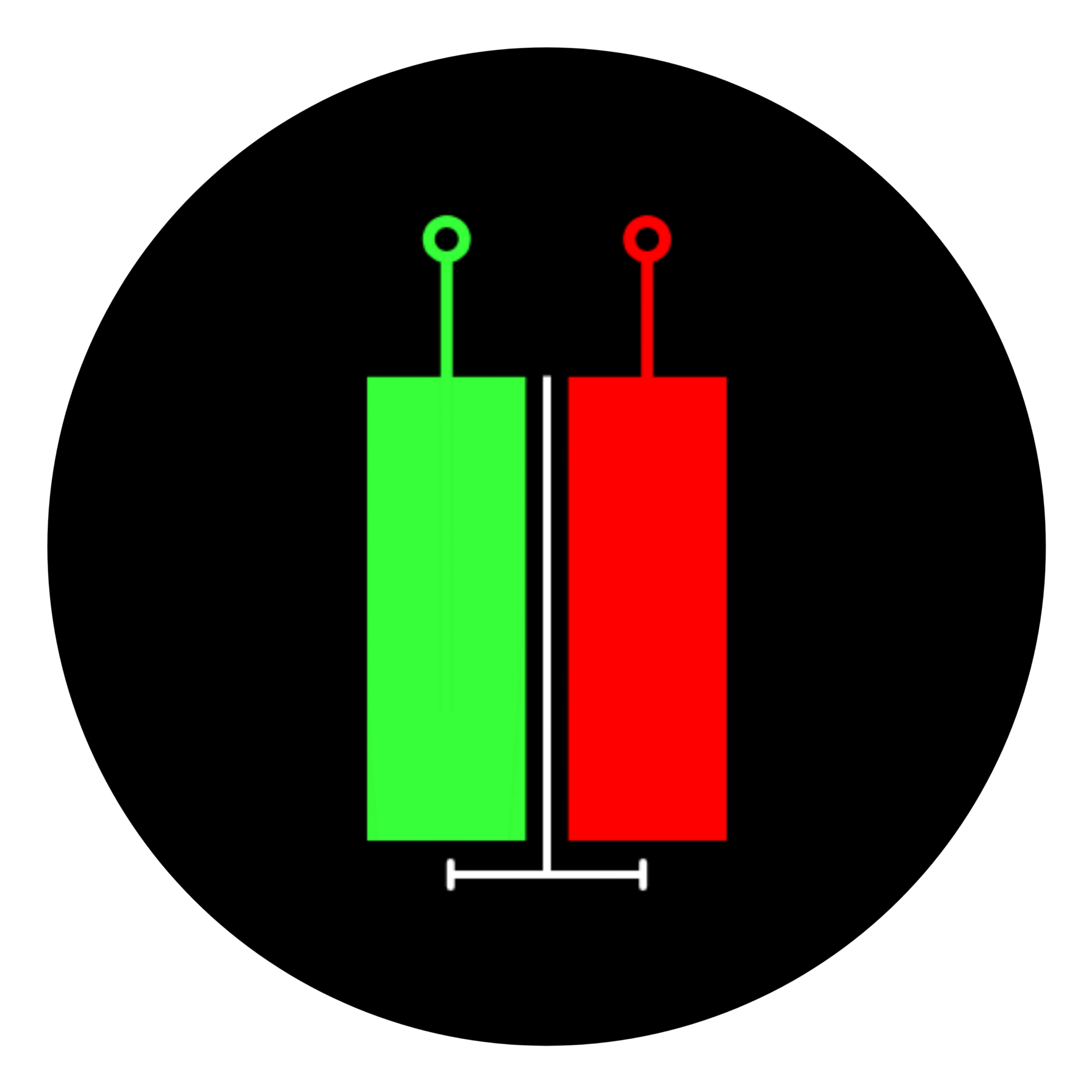If you want to start your crypto journey the right way, then it’s best to understand blockchain before diving into Bitcoin.
Blockchain is the technology that makes cryptocurrency possible.
Yes, you read that right – there is a difference between blockchain and cryptocurrency.
Governments around the world often accept blockchain more easily than they do cryptocurrency.
So, let’s first learn about blockchain.
Blockchain simply means blocks are chained where each block is a virtual container of information and is linked to the next block. You can think of each block like a sealed ball that holds data inside it.
Blockchain technology was designed to transform how we trust and share data. It is the backbone of crypto and much more. In this guide, we will learn who invented blockchain, how it became a buzz, and its aim, key benefits, and uses around the world.
Table of Contents
Beginning of Blockchain Technology
The concept behind blockchain is to prevent corrupt practices by by enhancing transparency, traceability, and security.
Blockchain’s roots date back to 1982, when David Chaum proposed a protocol in his dissertation “Computer Systems Established, Maintained, and Trusted by Mutually Suspicious Groups.”
In 1991, physicists Stuart Haber and W. Scott Stornetta formalized the first cryptographically secured chain of blocks to timestamp digital documents, ensuring they could not be tampered with.
Their work was later cited in Satoshi Nakamoto’s Bitcoin whitepaper on October 31, 2008.
Satoshi Nakamoto—known as the father of Bitcoin—then applied these concepts to create Bitcoin, the first decentralized cryptocurrency. The Bitcoin blockchain launched on January 3, 2009. Nakamoto’s innovation removed the need for central authorities by combining the chain of blocks with proof-of-work consensus and peer-to-peer networking.
How Blockchain Became a Buzz
Blockchain stayed hidden in academic circles until December 2017, when Bitcoin’s price surged above $19,000. Suddenly, “blockchain” was in every headline.
At the same time, Ethereum (which was launched on July 2015) introduced smart contracts, showing how blockchains could run programmable applications.
A smart contract is a self-executing program on a blockchain that automatically enforces agreements when conditions are met. It removes intermediaries, speeds up processes, and ensures secure, transparent transactions—all without needing banks or lawyers.
Real-World Examples of Smart Contracts
- Insurance Payouts: AXA used a smart contract called Fizzy to automatically refund flight delays. If your flight is late, the contract checks flight data and sends money back without you filing a claim.
- Decentralized Exchanges: Platforms like Uniswap run on Ethereum using smart contracts. They let anyone trade tokens instantly without a central exchange.
- Supply Chain Tracking: IBM Food Trust uses smart contracts to trace food from farm to store. If a batch is recalled, all data updates automatically, improving safety.
- Real Estate Deals: Propy uses smart contracts to handle property sales. When the buyer pays, the contract records ownership transfer on the blockchain.
In 2015, the Linux Foundation started the Hyperledger project to build enterprise blockchain frameworks. Large companies like IBM, Walmart, and JPMorgan Chase launched pilots. By 2018–2019, stories of tokenized assets, supply chain tracking, and central bank digital currency research fueled even more attention.
The Aim of Blockchain Technology
Blockchain’s core aim is to create a decentralized, secure, and transparent system for recording and sharing data without relying on central authorities like banks or governments. Key goals include:
- Eliminate Intermediaries: Enable peer-to-peer value transfers and record verification.
- Ensure Trust: Provide a tamper-proof ledger verifiable by all participants.
- Enhance Freedom: Resist censorship and control, empowering users globally.
- Drive Efficiency: Streamline processes from payments to supply chains.
Benefits of Blockchain
Blockchain’s design delivers powerful benefits:
- Security: Cryptography makes data nearly impossible to alter.
- Transparency: Public blockchains let anyone view and verify records.
- Immutability: Once recorded, data is permanent and reliable.
- Efficiency: Removes middlemen, cutting costs and delays.
- Global Access: Runs 24/7 worldwide for seamless cross-border use.
Also Read – What it will take for XRP to become the next Bitcoin?
Blockchain Beyond Cryptocurrency
Although Bitcoin and Ethereum were its first uses, blockchain spans many industries:
- Finance & Tokenized Assets: Platforms can represent stocks or real estate as tokens for 24/7 trading.
- Supply Chain: Companies track products from origin to store, improving safety and reducing fraud.
- Healthcare: Securely share patient records and track pharmaceuticals.
- Identity: Give people control of digital IDs for banking and online services.
- Government: Digitize public services like land registries, licensing, and voting.
- Intellectual Property: Record creation dates and ownership of digital art, music, and writing.
Countries Embracing Blockchain
- Estonia: Pioneered a national blockchain for health records, judicial data, and e‑residency.
- Singapore: Invests in R&D and hosts blockchain trade finance and digital asset exchanges.
- China: Building its state‑backed digital yuan while restricting private cryptocurrencies.
- United Arab Emirates (Dubai): Aims for 100% of government transactions on blockchain by 2025.
- United States: From refugee aid vouchers on Ethereum to IBM and Walmart supply chain pilots.
- Canada: Explores digital identity solutions and pilots in land registry and health data.
Also Read – Bitcoin Has a Limit, the Dollar Doesn’t — Why This Difference Matters for the Future of Money?

